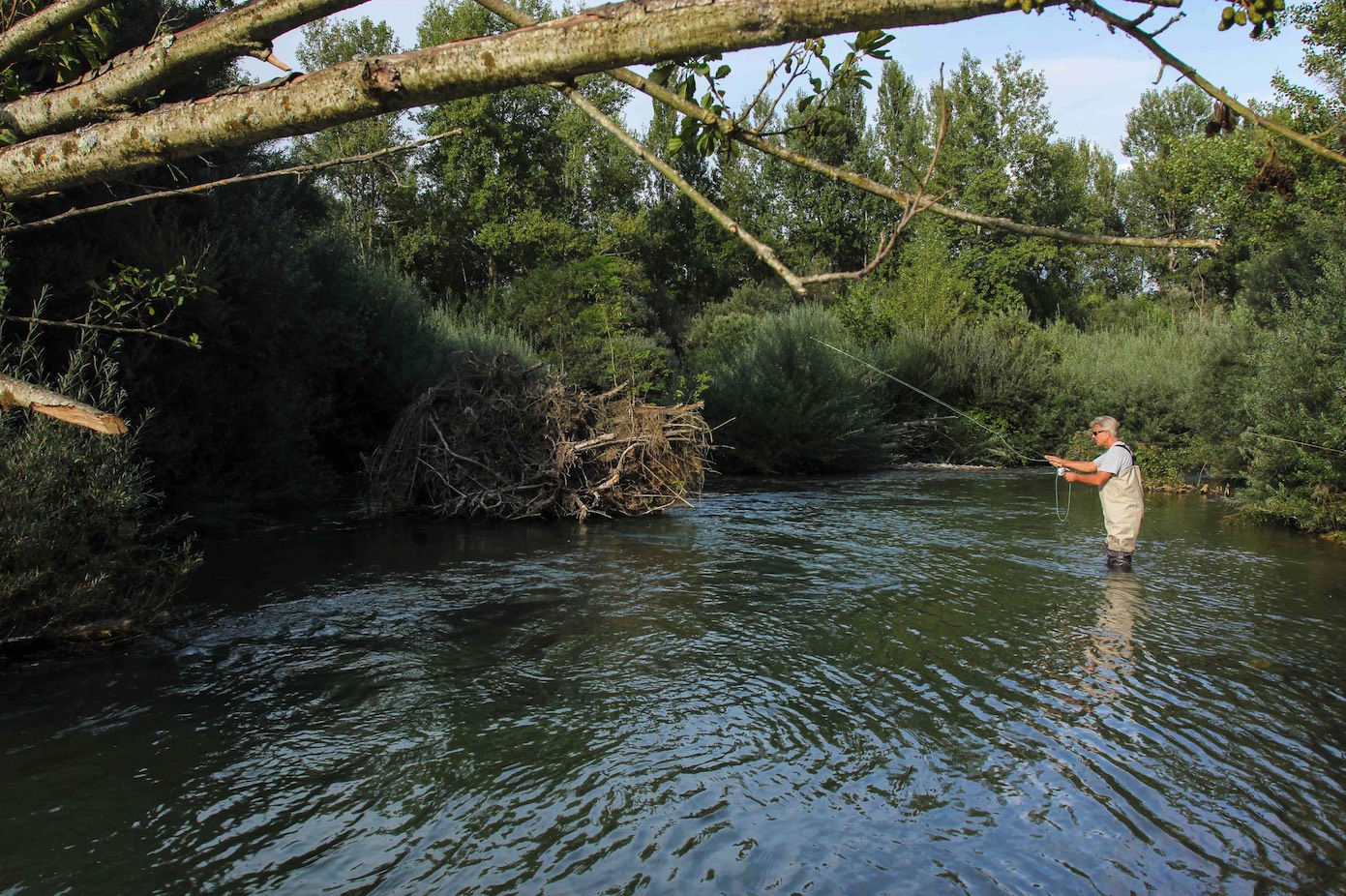Editor’s Note: Below is a submission from TFO advisor Jason Randall. Enjoy.
Since the dawn of time, at least angling-wise, anglers have embraced the need for drag-free dry-fly drifts. Only in more recent history, however, have anglers come to realize the importance of a natural drift while nymph fishing. Just as with dry flies, having the right fly helps, but presentation trumps fly selection; you’ll catch more trout with the wrong fly and the right presentation than you will with the right fly but a poor presentation.
Euro-nymphing and other forms of tightline or contact nymphing have surged in popularity not only because of improved strike detection, but also the control they offer over the presentation. By minimizing the effect of subsurface drag, these methods allow the flies to stay in the strike zone, which is the bottom 20 percent of the vertical water column, with a more natural drift.
You can think of the shorter drifts typical of most tightline techniques as having three distinct stages. The first, just after the cast, begins as the flies descend to the strike zone, and the current begins to pull them downstream. Ideally, get your flies quickly to the strike zone with a tuck cast or equivalent, which shortens this phase and lengthens the next. Many strikes occur during this stage, so it pays to keep contact with the flies while they sink.

TFO’s Drift Rod is an excellent choice for the serious nymph fisherman. Photo courtesy of Jason Randall.
The second stage begins when the flies reach the strike zone — often signaled by a slight tightening of the sighter, which is a short segment of brightly colored and thus highly visible monofilament spliced into the leader. No line or leader on the water makes a single entry point as the leader pierces the water, and the drift is tracked downstream towards the angler’s position and below. The drift usually moves slightly slower than the current speed seen from the surface since the strike zone layer near the stream bottom moves slower than the layers above. This speed mimics the drift speed of naturally drifting organisms. An occasional bottom snag confirms that our flies are in the strike zone. Strikes are often felt as a tug, but more commonly seen as change in the ‘sag’ or droop of the sighter.
The third stage can be varied according to angler preference, but starts with the end of the dead drift as the flies tighten to the leader. At this point, we often simply lift to the next cast, and sometimes justly so if fish are hitting during the previous stages. But when fishing is slow, try modifying this final stage- it can trigger strikes. For instance, once the flies tighten, allow them to rise slowly to the surface like a rising insect, even allowing them to swing across the current like a wet fly. If fish are in a chasing mood, this might seal the deal. This works even with rising trout during a hatch.
Choose current threads for your drift within one and one-half rod lengths or less from where you stand as measured by holding the rod horizontally and directly across stream. Cast less than twenty-five feet upstream in that thread. If you choose a thread too far across stream, you’ll get drag during the drift as the flies pull across currents. A longer rod helps reach that current thread that might otherwise be too far away. Longer rods also help lengthen the drift.
TFO’s adjustable length Drift rod lets you add or remove segments according to the situations you may face in the course of a day’s fishing. Adding length allows you to extend a drift or reach an otherwise unreachable feeding lane. The shorter length comes in handy when fishing in tight quarters or on streams closed in by vegetation. With the Drift rod, you only have to carry one rod to the river.
Any questions, comments about the Drift or nymphing techniques, feel free to reach out on one of our social media channels.
Jason Randall is an outdoor writer whose articles frequently appear in fly-fishing magazines. He is the author of four books published by Stackpole Books.







